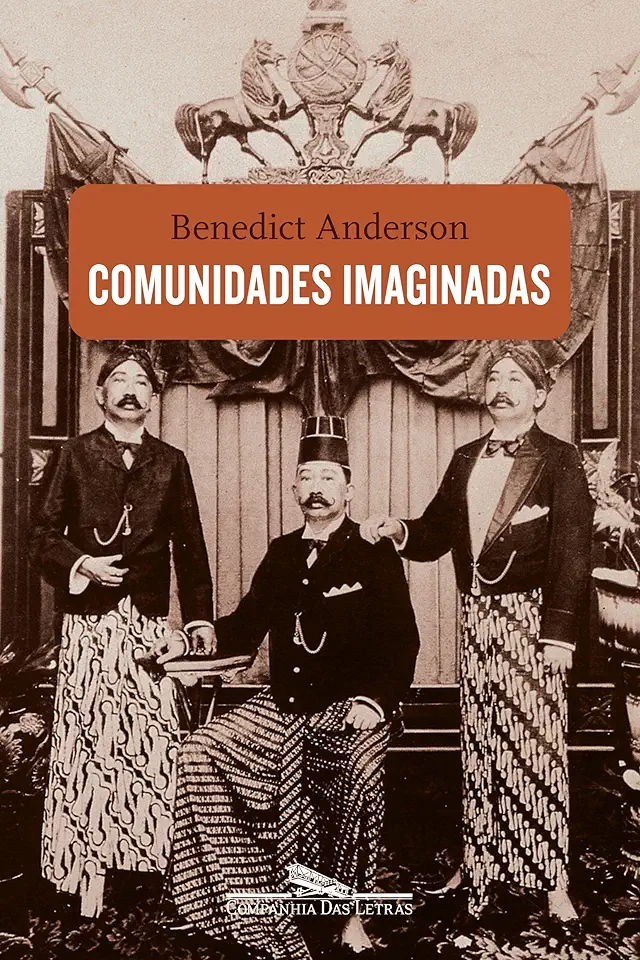
Imagined Communities - Benedict Anderson
Imagined Communities: Reflections on the Origin and Spread of Nationalism
Benedict Anderson's seminal work, "Imagined Communities," offers a groundbreaking exploration of the concept of nationalism and its profound impact on modern society. Published in 1983, this book has become a cornerstone of sociological and political theory, challenging conventional understandings of national identity and belonging. Anderson argues that nations are not natural or inevitable entities but rather imagined communities constructed through shared narratives, symbols, and rituals.
The Power of Imagination
At the heart of Anderson's thesis lies the idea that nations are imagined communities. He contends that individuals within a nation do not necessarily have personal connections or direct interactions with one another. Instead, they share a sense of belonging and common identity based on imagined bonds of kinship and shared experiences. This imagined community is sustained through various mechanisms, including language, literature, education, and media, which create a sense of shared history, culture, and destiny.
Print Capitalism and the Rise of Nationalism
Anderson traces the origins of nationalism to the rise of print capitalism in the late 18th century. The proliferation of printed materials, such as newspapers and novels, allowed for the dissemination of standardized languages and narratives that fostered a sense of national consciousness. This, in turn, led to the emergence of national movements and the eventual formation of nation-states.
The Role of Language
Language plays a pivotal role in the construction of imagined communities. Anderson argues that the development of standardized languages, often facilitated by print capitalism, created a sense of linguistic unity and solidarity among people who may have never met or interacted with one another. This shared language becomes a powerful symbol of national identity and a means of communication and cultural expression.
National Symbols and Rituals
Nationalism is also reinforced through the use of symbols and rituals. Flags, anthems, monuments, and holidays serve as tangible representations of the nation and its history. These symbols and rituals create a sense of shared identity and belonging, fostering a sense of collective purpose and unity among citizens.
The Relevance of Imagined Communities Today
Anderson's theory of imagined communities remains highly relevant in today's globalized world. In an era of increasing interconnectedness and transnational migration, understanding the dynamics of nationalism is crucial for comprehending issues of identity, belonging, and conflict. "Imagined Communities" provides a framework for analyzing the complex relationship between individuals, nations, and the larger global community.
Why You Should Read This Book
"Imagined Communities" is a must-read for anyone interested in sociology, political science, history, or cultural studies. Anderson's groundbreaking work offers a fresh perspective on the nature of nationalism and its impact on our understanding of identity and belonging. With its insightful analysis and engaging prose, "Imagined Communities" is a thought-provoking and essential read for anyone seeking to understand the forces that shape our modern world.
Enjoyed the summary? Discover all the details and take your reading to the next level — [click here to view the book on Amazon!]